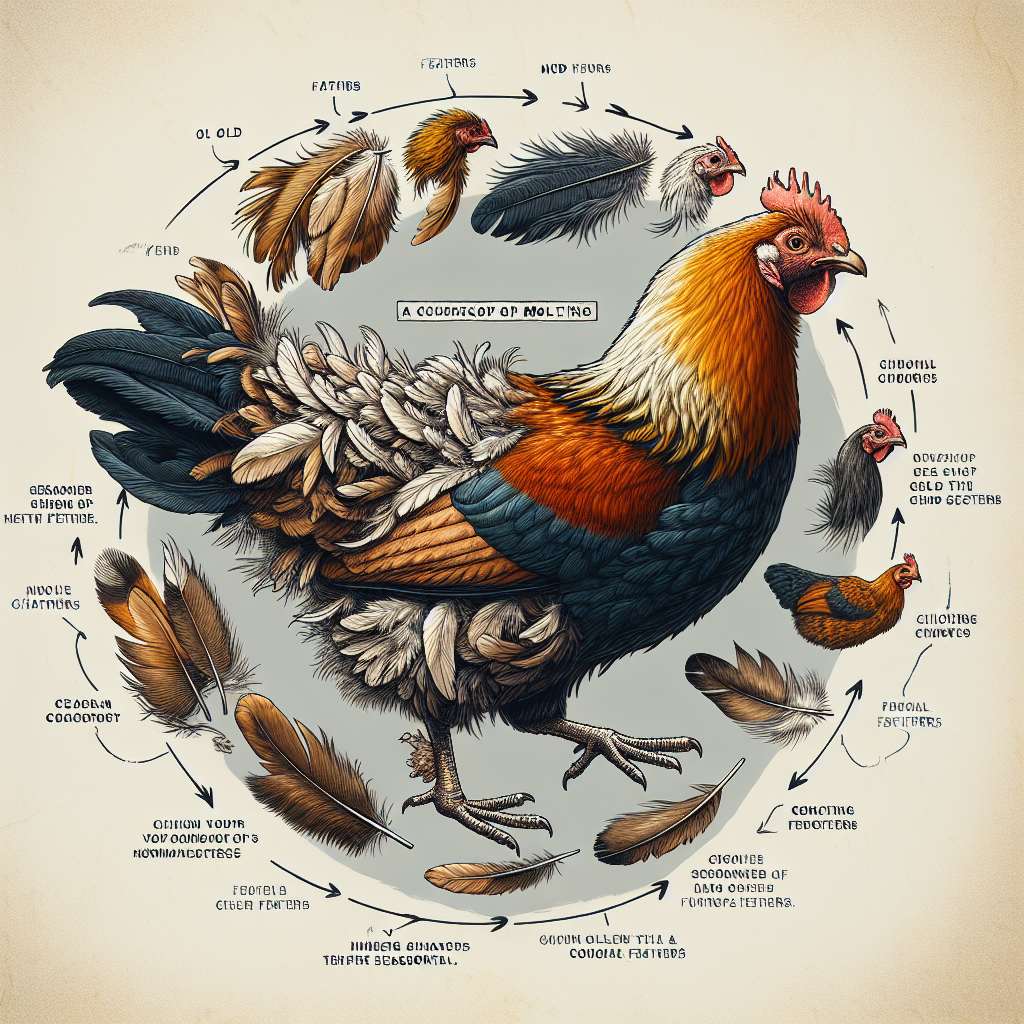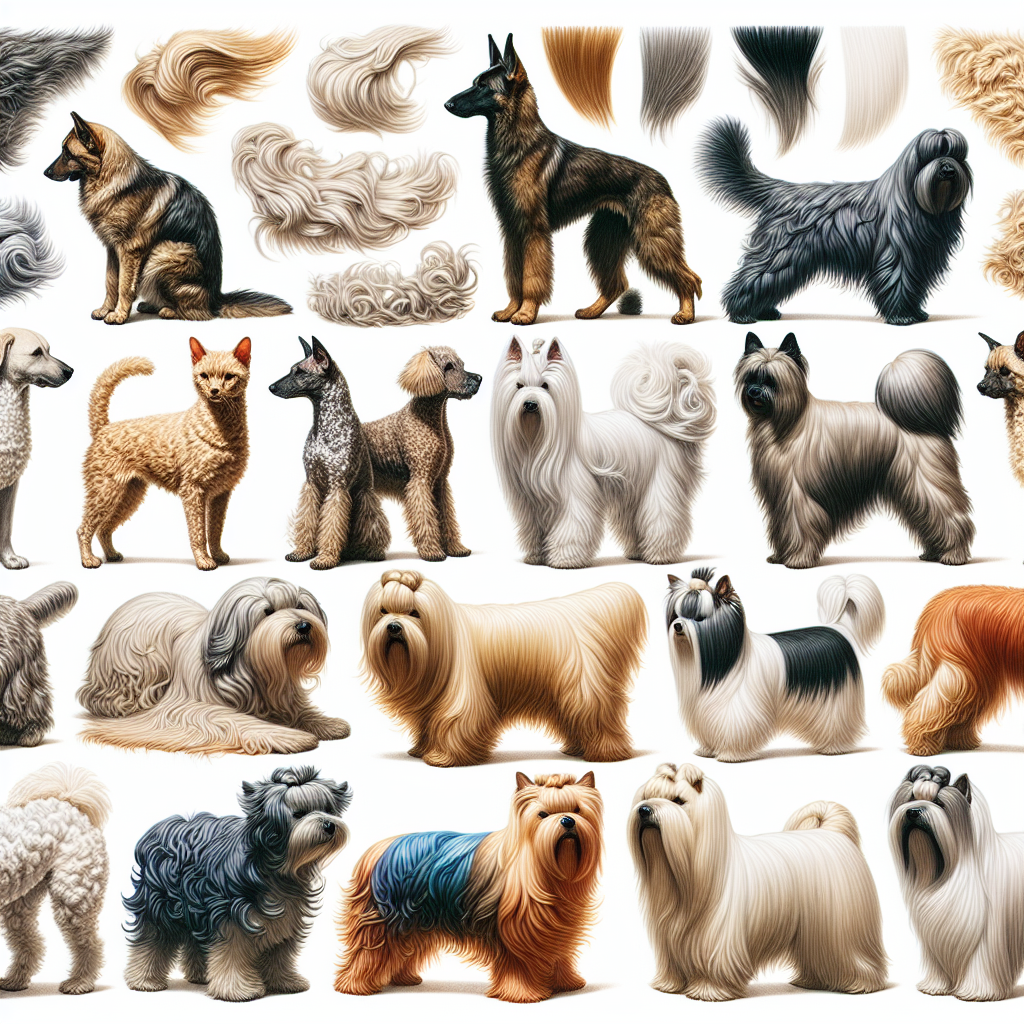Have you ever wondered about the stages of molting in chickens? Molting is a natural process that chickens go through to replace their old feathers with new ones. In this article, we will explore the different stages of molting in chickens, from the initial signs to the final growth of their beautiful new plumage. Whether you are a seasoned chicken owner or just curious about these fascinating creatures, this article will provide you with all the information you need to know about the molting process in chickens. So, let’s feather our curiosity and dive into the world of molting birds!
The Importance of Molting in Chickens
Molting is a natural process that chickens go through to replace their old, worn-out feathers with new ones. While the molting process can sometimes be challenging for both chickens and their owners, it is an essential part of a chicken’s life cycle. Understanding the different stages of molting and the impact it has on chickens is crucial for providing them with the care and support they need during this time.
Stage 1: Pre-molt
Changes in Feather Appearance
The pre-molt stage is characterized by changes in the appearance of a chicken’s feathers. Feathers may become dull, ragged, and disheveled as the old feathers start to deteriorate. You may also notice an increase in feather shedding during this stage.
Decreased Egg Production
Another noticeable change during the pre-molt stage is a decrease in egg production. Chickens prioritize energy towards growing new feathers, which can result in a temporary halt or reduction in egg-laying. It’s important to note that this decrease in egg production is temporary and part of the natural molting process.
Stage 2: Shedding Primary Feathers
Feather Loss Pattern
During the second stage of molting, chickens begin to shed their primary feathers. Primary feathers are the large flight feathers that provide lift and stability during flight. The shedding process typically starts from the wings and progresses to other areas of the body.
Changes in Behavior
As feathers are shed, chickens may exhibit changes in behavior. They may appear more irritable, easily startled, or even reluctant to move. Chickens may spend more time preening themselves to manage the discomfort caused by the shedding process. Providing a stress-free environment and maintaining familiar routines can help chickens cope with these changes.
Stage 3: Growth of New Feathers
Pin Feather Growth
Once the old feathers have been shed, the new feather growth begins. At this stage, you may notice the presence of pin feathers, which are the small, emerging feathers growing from the follicles. These pin feathers are covered with protective sheaths that eventually flake off, revealing the mature feathers beneath.
Blood Spots on Feathers
Occasionally, you may come across blood spots on the emerging feathers. These blood spots are usually caused by minor bleeding during the new feather development process. While blood spots are generally harmless, it’s important to monitor them and ensure that they don’t become a source of infection.
Stage 4: Feather Hardening
Feather Structure and Strength
As the new feathers continue to grow, they gradually harden and become more structurally sound. A fully developed feather consists of a central shaft with barbs and barbules that interlock, providing strength and flexibility. The strength of the feathers is essential for chickens to maintain their body temperature and protect themselves from the elements.
Protective Oil Gland Activation
During this stage, chickens’ oil glands start to produce an oily substance called preen oil. Chickens spread this oil over their feathers using their beaks, helping to waterproof and condition the feathers. Preening activities increase, as chickens actively work to distribute the preen oil across their body, ensuring their feathers are healthy and protected.
Stage 5: Return to Normal
Resumption of Egg Production
Towards the end of the molting process, chickens will typically resume egg production. As the new feathers have fully grown and the chicken’s energy is no longer focused solely on feather development, egg-laying gradually returns to normal levels. It’s important to note that the duration of this stage may vary among individual chickens.
Feather Color Restoration
As the molting process comes to an end, you’ll notice a restoration of the feathers’ vibrant colors. The new feathers take on the natural coloration of the specific breed, enhancing the beauty of the chickens.
The Molting Process Duration
The duration of the molting process varies from chicken to chicken. Some chickens may complete the molting process within a few weeks, while others may take several months. Factors such as age, breed, environmental conditions, and overall health can influence the duration of molting.
Factors Affecting Molting
Age of the Chicken
Younger chickens tend to experience shorter and less intense molting periods compared to older ones. As chickens age, the molting process becomes more significant and can take longer to complete.
Nutrition and Diet
Providing chickens with a well-balanced diet is crucial for supporting optimal feather growth during molt. Nutritional deficiencies, particularly in protein and essential amino acids, can negatively impact the quality of the new feathers. Including a high-quality layer feed and supplementing with additional protein sources, such as mealworms or sunflower seeds, can support healthy feather growth.
Lighting and Environmental Factors
Natural lighting and environmental factors play a role in chicken molting. During the winter months, when daylight hours are shorter, chickens may experience delayed or disrupted molting. Supplemental lighting can help maintain consistent day length and support a smoother molt. Additionally, providing a clean and comfortable coop environment helps minimize stress and encourages healthy feather growth.
Overall Health and Stress Levels
A chicken’s overall health and stress levels can significantly impact the molting process. Chickens that are already dealing with health issues or experiencing high levels of stress, such as during extreme weather conditions or predator threats, may experience delays or complications during molt. Regular health check-ups, parasite prevention, and reducing stressors can support a successful molt.
Tips for Supporting Chickens During Molting
Providing Adequate Nutrition
During the molting process, it’s crucial to ensure chickens receive a balanced diet rich in essential nutrients. A high-quality layer feed supplemented with additional protein sources, fresh fruits, vegetables, and grit can help support healthy feather growth and overall well-being.
Maintaining a Stress-free Environment
Minimizing stress during molt is essential for chickens’ health and successful feather growth. Maintain a clean and comfortable coop, provide ample space for chickens to exercise, and avoid sudden changes in the environment. Keeping predators away and maintaining familiar routines can also help reduce stress levels during this sensitive period.
Supplementing with Calcium
Feathers require calcium for proper growth and strength. Providing an additional source of calcium, such as crushed oyster shells or eggshells, can help support feather development and prevent calcium deficiencies during molt.
Modifying Lighting for Optimal Conditions
Maintaining consistent lighting is important for chickens during molt. If natural lighting is insufficient, providing supplemental artificial lighting can help regulate day length and stimulate proper feather growth. Aim for a minimum of 14 hours of light per day to support optimal molting conditions.
In conclusion, understanding the different stages of molting in chickens and providing appropriate care and support during this process is essential for their overall health and well-being. By ensuring adequate nutrition, a stress-free environment, and appropriate lighting conditions, you can help your chickens navigate through molting successfully and enjoy the benefits of healthy, vibrant feathers.




